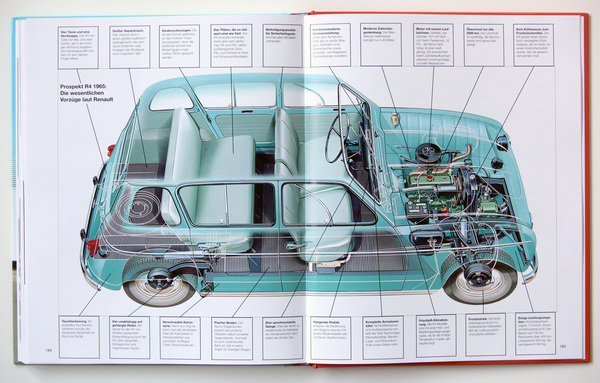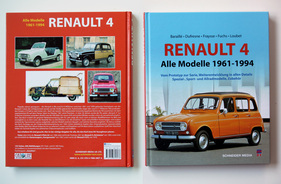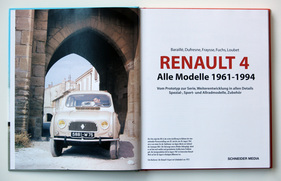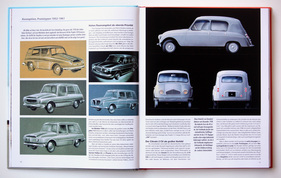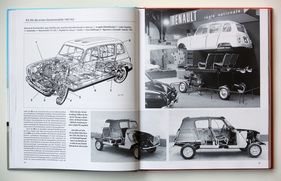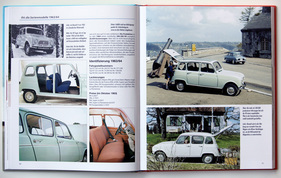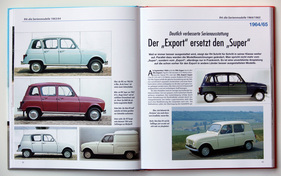It actually only disappeared from everyday road traffic a few years ago and handsome prices are already being paid for well-preserved and rare models of the Renault R4. And although the practical car was built over 33 years and in 8.14 million units, the former utility vehicles are quickly becoming rarities.
The book Renault 4: All models 1961 - 1994: From prototype to series, further development in every detail, special, sports and all-wheel drive models, accessories tells the whole story of the R4, from the first prototypes to the last model.

The informative text is complemented by a wealth of images, some of which are rarely shown, allowing the reader to relive the history of the development.
In the slipstream of the duck
The Renault R4 was actually developed in response to the Citroën 2 CV. Initially ridiculed by them, the Renault men soon realized that the French increasingly appreciated compact, frugal vehicles with high utility value.
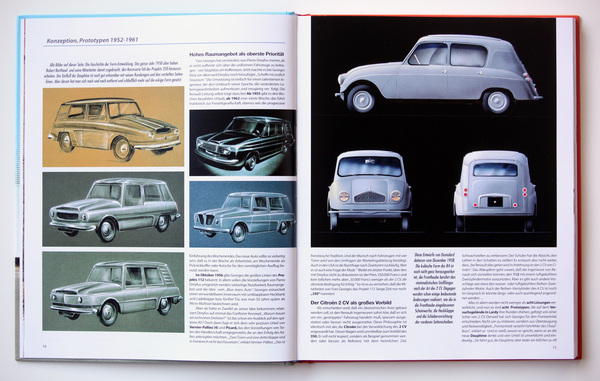
And so they came up with the Renault R4, which celebrated its premiere at the Paris Motor Show in 1961 together with the particularly spartanly motorized and equipped parallel model R3.
In the fast lane
The Renault offered many advantages over the Citroën competition and this paid off for buyers. It offered a water-cooled four-cylinder engine with a closed cooling system, required no lubrication on the chassis, had a practical tailgate and was altogether prettier than the Ente without being elegant. Sales figures rose and even outstripped those of the 2 CV.
Less pampered and more expensive than the Ente
Despite its success and popularity, the Ente is once again ahead when it comes to resale value and auction results. Perhaps the R4 models will catch up at some point, but the book explains what the rare models are/were and what special features and characteristics they had.
From the beginning to the end
Not many changes were made to the R4 during the 33 years of production; a new radiator grille was already considered a sensation. Year by year, the book shows all modifications, no matter how small, in pictures, thus enabling the reader to clearly identify the models. Even the type numbers are listed and the year of manufacture and model series are indicated.
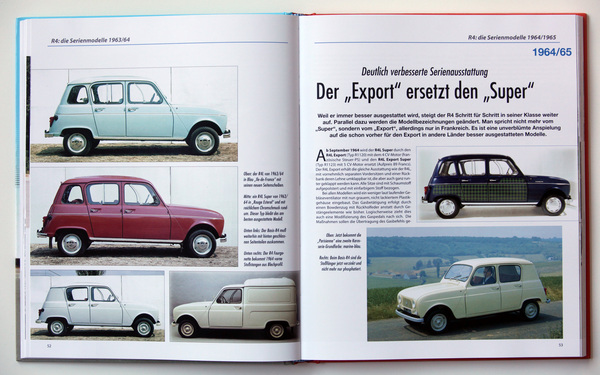
Lesser-known relatives
The lesser-known special models are particularly exciting. These are given a lot of space in the book. The Sinpar 4x4 models are explained, as are the Sovam 850VS, 1100 VS and 1300 GS sports cars, the Tilbury roadster and, of course, the Rodéo variants.

Not just for R4 fans
This book, written in German throughout, is not only aimed at Renault enthusiasts or R4 collectors, but should also find its place in the library of generally interested classic car enthusiasts, because the R4 actually characterizes an entire generation of vehicles that are unfortunately extinct today, the frugal and inexpensive utility vehicles that could be used as a craftsman's vehicle during the week and as a family transport vehicle at the weekend.
The book is also well written and contains many an anecdote, such as the story of the Renault chairman who was determined to test drive the car himself and caused an accident that was covered up shortly before the model was launched.
You can buy the book in well-stocked bookshops or from Amazon . The publisher Delius Klasing also offers a hotline for orders: (0521) 559 955.
Bibliographical details
- Title: Renault 4 - All models 1961 to 1994 (From prototype to series, further development in all details, special sports and all-wheel drive models, accessories)
- Author: Baraillé / Dufresne / Fraysse / Fuchs / Loubet
- Publisher: Schneider Media Uk LTD, distributed by Deliux Klasing Verlag, Bielefeld
- Length: 192 pages
- Illustrations: 351 color photos (mostly high-quality factory photos), 91 black and white photos, 26 graphics
- Price: Euro 29.90 (D), Euro 30.80 (A), CHF 40.90 (CHF)
- ISBN: 978-3-7688-5807-6










